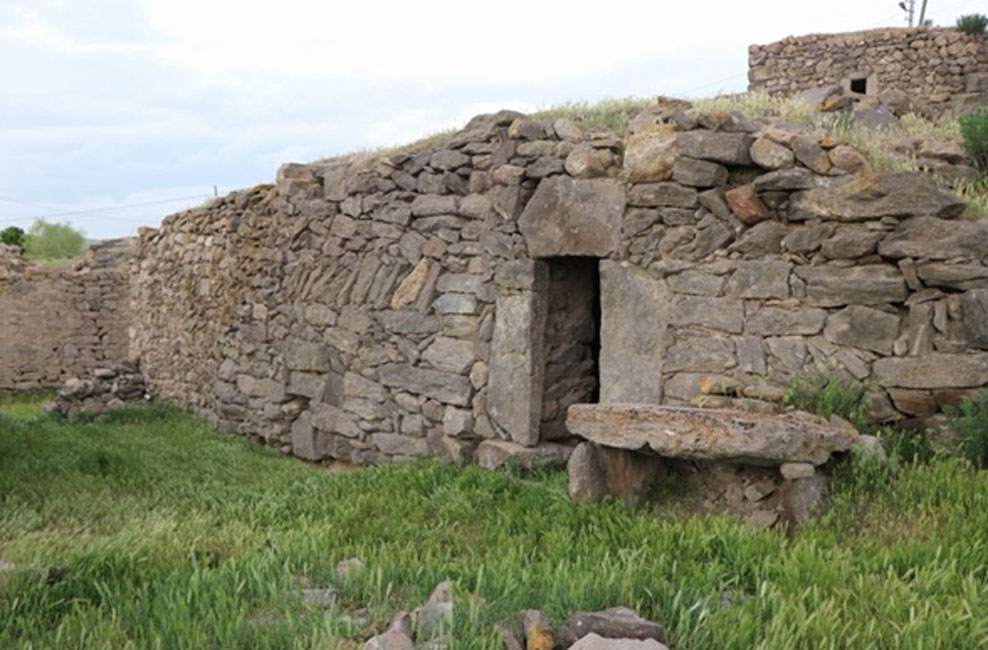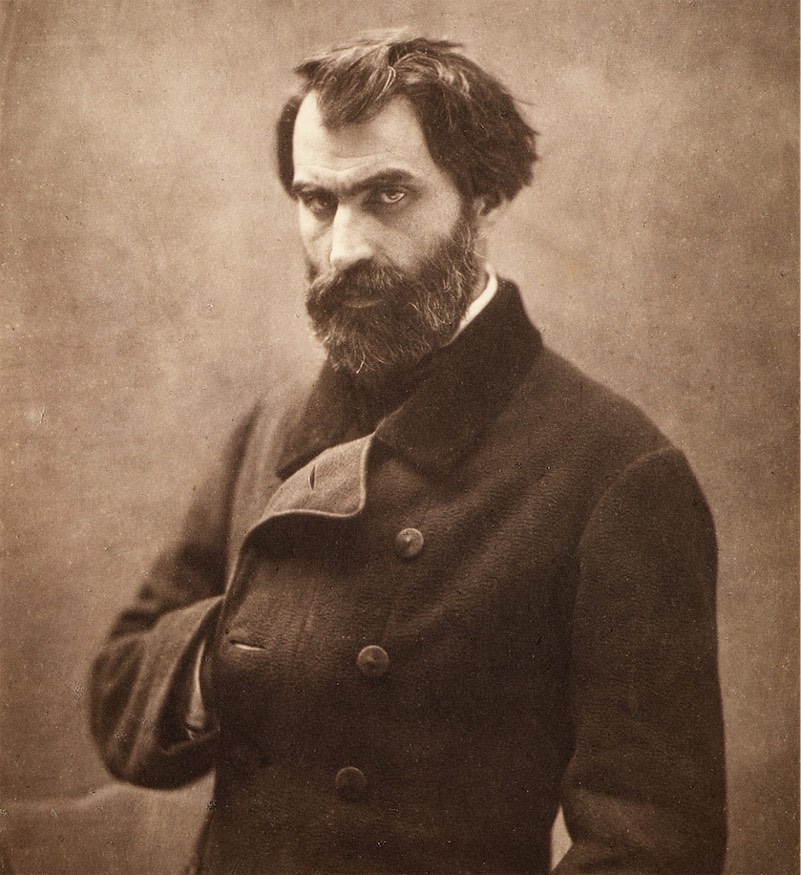OUP
BB
int lit
3qd
ancient
BB
int lit
ancient
==============================
via 3 Quarks Daily by Jeroen Bouterse

Have you ever been in this situation where you had to get a group of 3 men and their sisters across a river, but the boat only held two and you had to take precautions to ensure the women got across without being assaulted?
This problem is one of 53 puzzles in the oldest extant puzzle book in the Western (Latin) tradition: the Propositiones ad acuendos iuventes or problems to sharpen the young. Its authorship is uncertain but it is often and plausibly attributed to Alcuin, who possibly sent them to the Frankish ruler Charlemagne in 800 AD. I hope you will allow me a brief introduction of these puzzles, before I go on to do what I hope will by then be redundant, namely spelling out why I think you should be thrilled by their existence.
Slugs and Pigeons
Alcuin’s puzzles are diverse, but puzzles of the same type often show up more than once. For example, some have us figure out a number based on a multiple of it, provided in a somewhat convoluted manner: a man seeing a certain number of horses and wishing that he possessed that number, and then that number again, and then a quarter more than that, for then he would possess a hundred horses (puzzle 4). There are questions that effectively ask how often a given area fits into another given area, how items can be distributed in discrete quantities given certain conditions, or how long it will take for one animal to overtake another or to cover a given distance. The first puzzle, for instance, has a leech invite a slug over for lunch, only to have us realise that it will take the poor creature centuries to get to its destination.
Continue reading
==============================
via the OUP Blog by Susan Ware

Youngest parader in New York City suffragist parade by the American Press Association, public domain via Wikimedia Commons
One of the most striking characteristics of the American women’s suffrage movement is that its history has traditionally been told through the lives of its leading figures. Elizabeth Cady Stanton, Susan B. Anthony, Lucy Stone, Anna Howard Shaw, Carrie Chapman Catt, and Alice Paul and the organisations they founded and led dominate the story to an extent that may be unique in the historiography of any other political or social movement. Historian Jean Baker called this “the presidential model of suffrage history.”
Continue reading
==============================
via Boing Boing by Rusty Blazenhoff

Leave it to Japan to design a modern television that's styled to look like it's from the fifties. That's just what Japanese electronics brand Doshisha has done with this fun, retro-styled cabinet that houses an LCD TV.
Continue reading
==============================
via Interesting Literature

‘Monday or Tuesday’ appeared in Virginia Woolf’s 1921 collection of short stories, a collection which took its name, Monday or Tuesday, from this story. But can we really call a short sketch (just a page long in the Oxford World’s Classics edition of Woolf’s short fiction) without any discernible plot a ‘short story’? Before we address such questions, it’s worth considering what actually happens in Woolf’s story, which can be read here.
To summarise what happens in ‘Monday or Tuesday’, then (if words like ‘happens’ are even appropriate here): the story begins with a describing of a heron flying over a church, in a lazy and carefree fashion. The sky is white and distant: the clouds keep moving, concealing things from view and then revealing them.
Continue reading
==============================
posted by Morgan Meis to 3 Quarks Daily: Altair Brandon-Salmon at Commonweal:

Ruin of St. Dunstan-in-the-East church garden (CAMimage / Alamy Stock Photo)
In the booklet’s foreword, the Very Reverend W. R. Matthews, then the Dean of St. Paul’s, claimed that “the devastation of war has given us an opportunity which will never come again.” This optimism echoed sentiments expressed during the war itself. The country would turn bombsites into social housing and hospitals, with a few churches left as memorials to the carnage of the home front. (As Brian Foss has pointed out, it wasn’t until September 1941 that frontline casualties outnumbered civilian deaths in Britain.)
The short booklet is full of halftone illustrations, architectural plans, and garden plans, showing how to transform destroyed buildings into “ruins.” In one article, Hugh Casson argued that “every stone—whether fallen or in place—is a fragment of the past, part of the pattern of history.” Churches such as St. Dunstan and Christ Church, Newgate Street, scarred by the Great Fire of London and the Blitz, are now living monuments not just to the bombs and fires, but to London’s long history of transformation. Casson worried about a time when “all traces of war damage will have gone, and its strange beauty vanished from our streets…and with their going the ordeal through which we passed will seem remote, unreal, perhaps forgotten.”
Continue reading
==============================
via Ancient Origins by Ashley Cowie

Site of discovery of ancient barn carvings . Source: Yücel Şenyurt / Fair Use.
Archaeologists digging in the Gülşehir district of central Nevşehir province in Turkey's historical Cappadocia region have discovered 3,500-year-old Hittite hieroglyphs built into the walls of a barn which will greatly add to our understanding of this spectacular ancient kingdom. In this article, we will have a go at identifying these mysterious and deeply ancient symbols.
Continue reading
==============================
via Boing Boing by David Pescovitz

Eugene Pelletan portrait c.1855 by Gaspard-Félix Tournachon
I always thought that the reason people look so grim in antique photos is because it would have been exhausting to hold a smile for long exposures that I imagined were required by ye olde cameras. Nope!
Continue reading
==============================
via Interesting Literature
In this week’s Dispatches from The Secret Library, Dr Oliver Tearle reviews a lesser-known Allan Quatermain novella
Maiwa’s Revenge is not a major novel in the H. Rider Haggard canon. Indeed, it’s a ‘minor’ novel even in terms of size and scale, running to just over 120 pages in the wonderful Macdonald illustrated edition from the 1960s which I own. And yet despite its status as a minor work in his oeuvre, Maiwa’s Revenge is worth reading, and worth a review (of sorts) here, not least because it features Rider Haggard’s most enduringly popular character, Allan Quatermain, ‘the Indiana Jones of Victorian literature’.
Continue reading
==============================
via Ancient Origins

Large asteroid hitting Earth. Source: Mopic /Adobe
Ancient cultures around the world have passed down their tales of devastating natural disasters in oral traditions, folklore, historical accounts, pictorial representations, and through myths. Catastrophic natural phenomena like earthquakes, volcanic eruptions, and floods are obviously nothing new, but the ways people have interpreted these events have changed drastically over time.
Continue reading
No comments:
Post a Comment